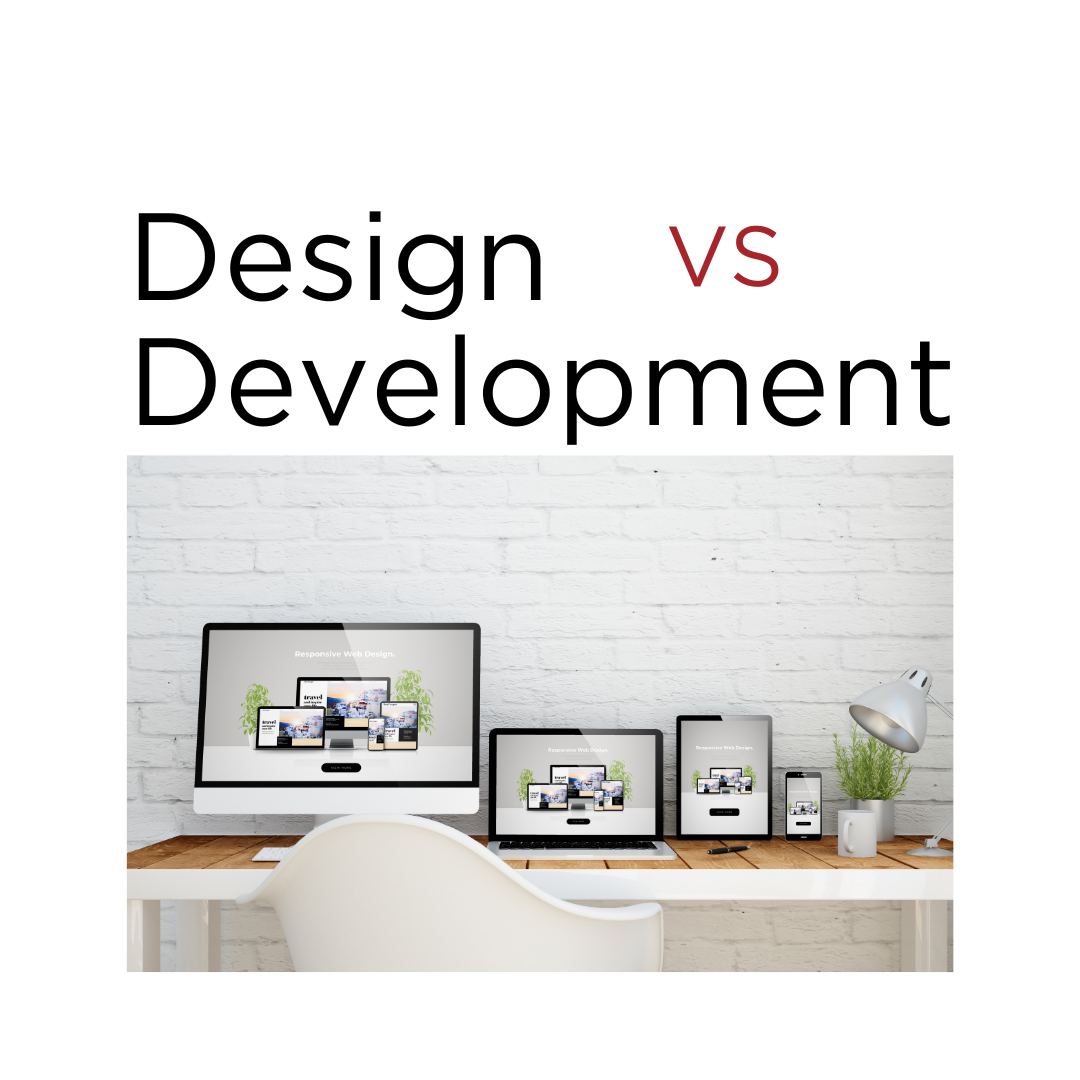
Harnessing the Power of Digital Learning: A Comprehensive Guide to Developing Your Own Learning Management System
In today’s digital era, having a Learning Management System (LMS) can be a transformative asset for businesses and educational institutions. An LMS is a digital platform that not only simplifies the delivery of online learning but also offers efficient course management, progress tracking, and interactive learning experiences. These features can significantly enhance your organization’s training programs, leading to improved employee productivity or student performance. Moreover, an LMS can help you reach a wider audience, opening up new growth opportunities for your business or institution.
This article is designed to guide you through the process of developing your own LMS, even if you’re not familiar with the technical aspects. Don’t worry though we’ll walk you through each step, from defining your requirements to deploying and maintaining the system. Then we’ll get into the details of system design, core feature development, additional feature implementation, rigorous testing, and user training. Although technical, it’s important to consider the importance of scalability, user experience, and continuous improvement in the context of LMS development. There are many platforms and applications out there, and we won’t get into ranking or rating any in this article, but we’ve used a few so if you want to know more about that contact us and we’ll tell you our experience. Regardless of your technical expertise, this guide will equip you with the knowledge and insights needed to create a successful LMS that caters to your specific learning needs and helps drive your business growth.
Define Your Requirements:
Identify the needs of your users (both learners and instructors). What features do they need? What kind of content will you be delivering? How many users do you expect to have? These questions will help you define the scope of your LMS.
Design the System:
Sketch out the architecture of your LMS. This should include the user interface, database design, and the server-side logic. You should also decide on the technology stack you will use. For us we are fans of WordPress for so many reasons, but due to the versatility and compatibility with third party applications and platforms, we have been able to build LMS systems for clients based on their specific needs. And that’s a key item to consider if you see your LMS as something that needs to offer an experience that your students will appreciate more than your competitors especially.
Develop the Core Features:
Start by developing the most essential features of your LMS. This might include user registration, course creation, content delivery, and progress tracking. Each of those are things I can dive so much deeper to explain and make cases for resonating with your target audience in unique ways. I will say though, don’t expect this to be perfect right out of the gate. You’ll learn a lot as you read more and as you develop too and so having a plan will keep you on course while you save new ideas for future iterations and enhancements. Your audience will appreciate the updates (email newsletters, social media, etc.) about new features, options, and course offerings.
Implement Additional Features:
Once the core features are in place, you can start adding additional features like quizzes, discussion forums, and grading systems. And consider how you want people to progress or be able to progress. Will they need to pass a quiz with a certain percentage (say 85%) before being able to unlock the next module or course? You could also create achievement badges that are displayed along with someone’s profile to signify their continued success. This is within the same realm as “gamification“.
Test the System:
Rigorously test your LMS to ensure it works as expected. This should include both functional testing (does each feature work correctly?) and load testing (can the system handle the expected number of users?). Have colleagues and friends test it out as well. Especially if this is something you’re building yourself, you’ll need some eyes on the whole front end process that can be objective to the menus, descriptions, ease or difficulty of use, email responses, password resets, you get the picture. Also test on mobile devices as well as desktop computers. Your audience may be more familiar with using a smartphone and may need buttons and forms to be easier to tap into or bigger font sized headings and navigation. If using video, it may be best to imbed the video from a hosting provider like YouTube or Vimeo so that the page loading times are not heavy or limited. We use Vimeo so that we have a custom experience without ads and includes our branding, where YouTube your videos may be interrupted with an ad that could be of your competitor or something completely unrelated and distracting.
Deploy the System:
This is probably the most exciting piece but also could be critical for timing and how you deliver the news about this new offering. Once you are satisfied with your testing, you can deploy your LMS. This might involve setting up a server, configuring a domain name, and setting up SSL for secure connections. There could be a lot more details but it really depends on your chose platform and application.
Train Your Users:
Provide training for your users so they know how to use the LMS. This might involve creating user guides, video tutorials, or even in-person training sessions. I’ve seen instructors and facilitators on Instagram doing walkthroughs and demos and I think those are great ways to provide instructions on how to use your LMS and highlight your courses, features, and benefits.
Maintain and Improve the System:
After the LMS is live, you will need to maintain it by fixing bugs, updating software, and adding new features based on user feedback. You can leverage your email list and put out a survey to a segmented list, or even a post course completion survey. The data you’ll be able to collect from your students will be the best and maybe better if made anonymous.
Remember, creating an LMS is a big project that requires a wide range of skills, including web development, database management, and user experience design. It’s not something to be undertaken lightly, but with careful planning and execution, it can be a rewarding project.







